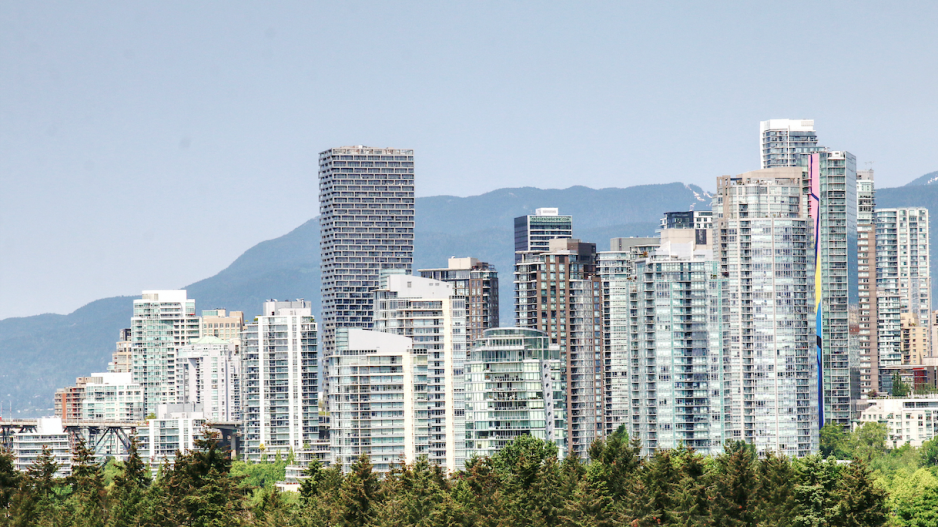Is comparing rental prices across different Canadian provinces like comparing apples to oranges?
A new Statistics Canada study is asking this question by highlighting the amenities and services included in rent, also known as rental inclusions. Results show that accounting for differences in rental inclusions can help make rental prices between different provinces more comparable.
A lower rate of appliances being included in rent explains roughly 11 per cent of the difference in average rent between B.C. and Quebec, according to the national stats agency’s Aug. 23 study.
When comparing B.C. and Ontario, the inclusion of air conditioning would “widen the interprovincial rent gap” from approximately $80 to $129 if all other variables remain constant.
“Given the prominence of ongoing housing affordability debates and the elevated levels of precarity renters face, rental cost data warrant further attention,” said the study.
While data from online rental website listings frequently contains information on amenities, they are rarely used as adjustments in rental analyses and reports. The impact is seen in potentially inaccurate measurements of rental prices throughout Canada, the study said.
“Even within government policy discussions, rental costs are infrequently studied beyond comparisons of apartment rentals by number of bedrooms across regions. More publicly available information is needed to better inform policy makers and housing affordability debates on comparable rental costs across dwellings that account for such inclusions. Failure to consider these costs is likely to lead to errors in measuring rents paid,” the study said.
However, breaking down rental prices in this way may not be applicable to all Canadian cities, according to Keaton Bessey, a managing broker at Greater Vancouver Tenant and Property Management Ltd.
"Most of the new rental stock is all individual condos, which the vast majority are going to be separately metered. Tenants are going to be paying their internet and hydro. Water is usually included with a landlord and in Vancouver, traditionally, if the tenant controls the use or cost of the thing then they would bear that responsibility in the lease," he said.
In B.C., water and municipal services are included in 74 per cent of rented dwellings, electricity is included in 23 per cent, and oil, gas and other fuels in 26 per cent, according to the study.
Appliances are included in 74 per cent of B.C.’s rented dwellings, with parking included in 55 per cent, air conditioning included in nine per cent and internet in eight per cent.
Canadian renters are roughly three times more likely to be in core housing need than Canadian homeowners. That means they are less likely to live in adequate and affordable housing, according to Statistics Canada’s 2021 Canadian Housing Survey.
The study also highlights that renters face less favourable socioeconomic outcomes such as life satisfaction and health outcomes.
“Accounting for rental inclusions provides valuable insight into housing decisions and the rental costs borne by Canadian renters. While rental costs are amply debated in relation to housing affordability, commonly cited estimates seldom provide contextual details concerning housing characteristics and rental inclusions,” said the study.




